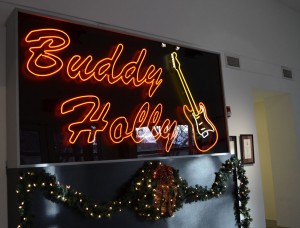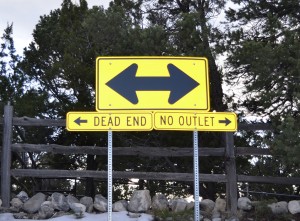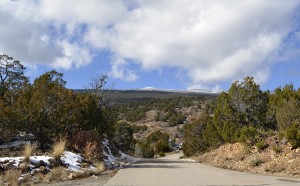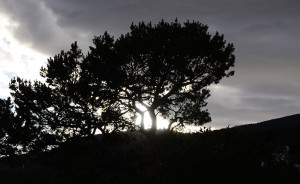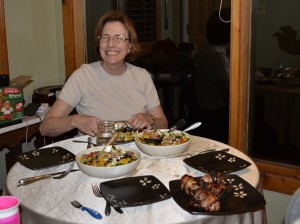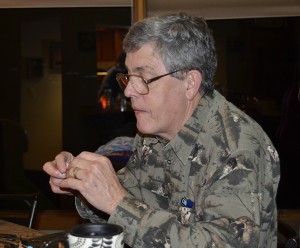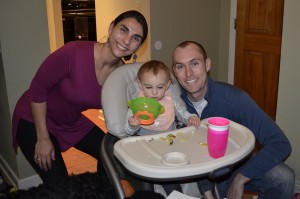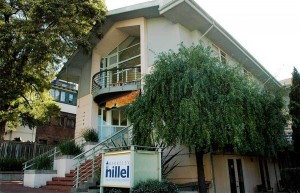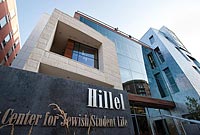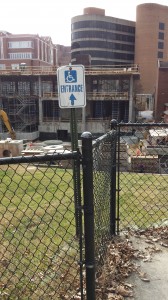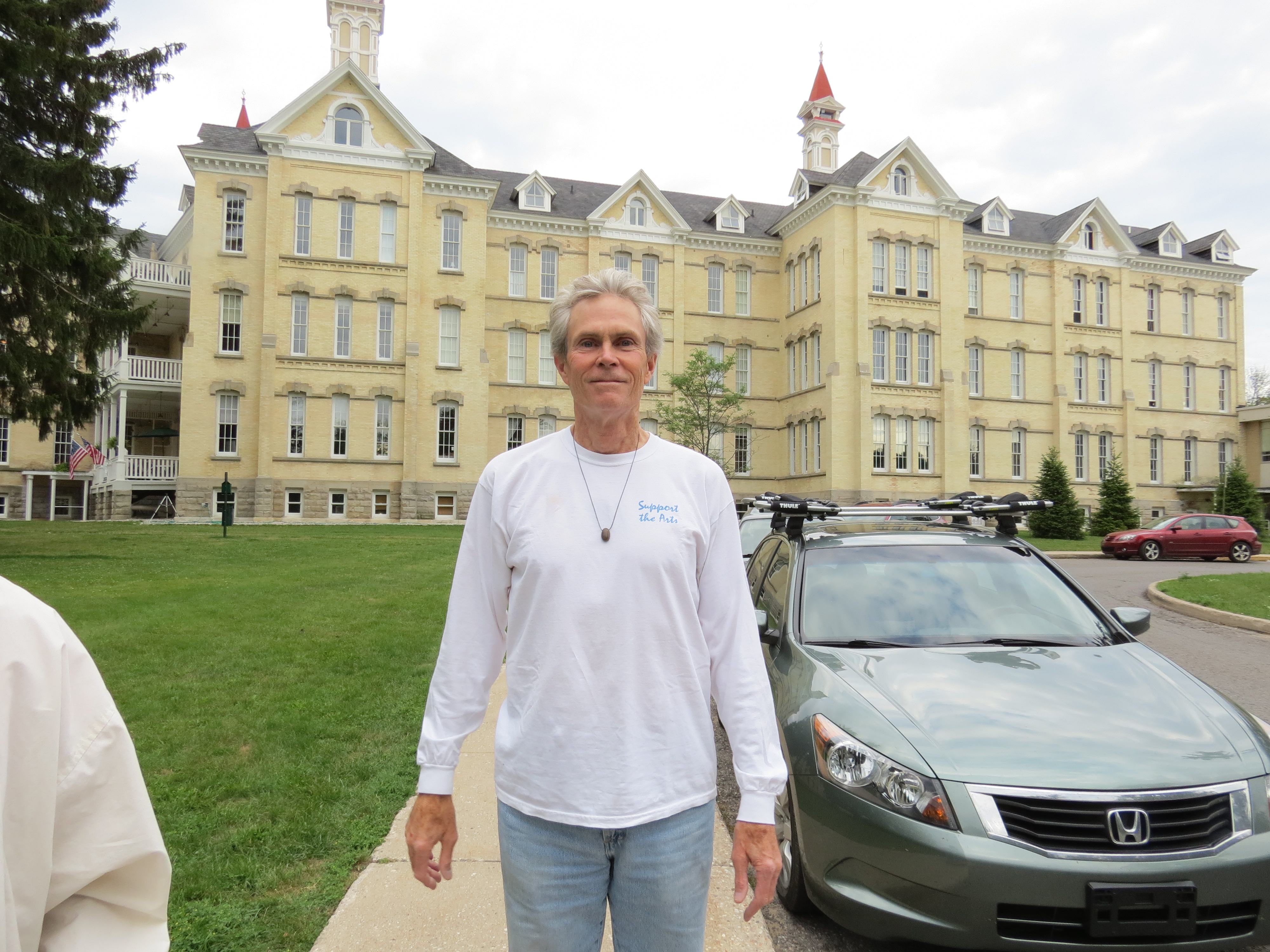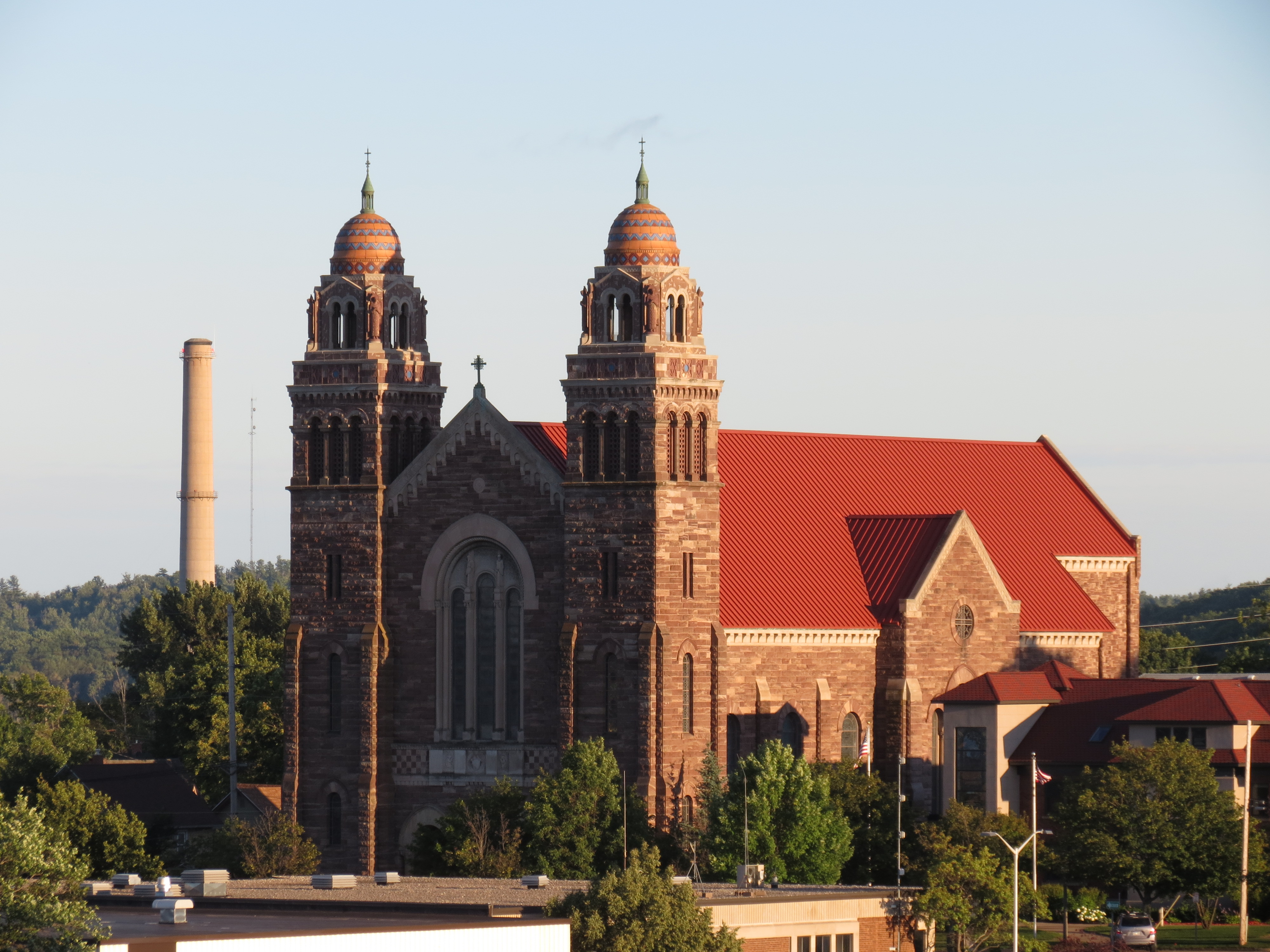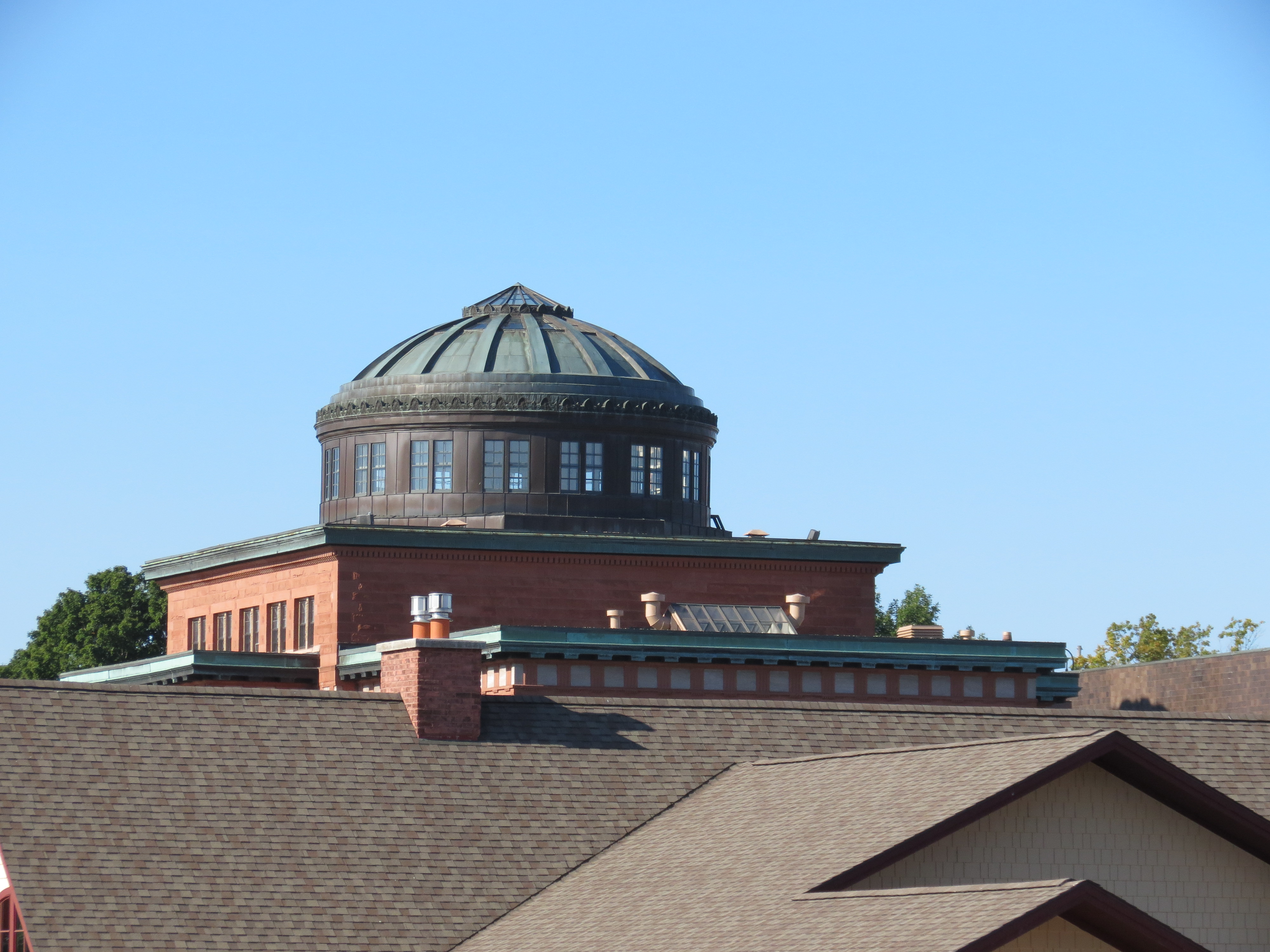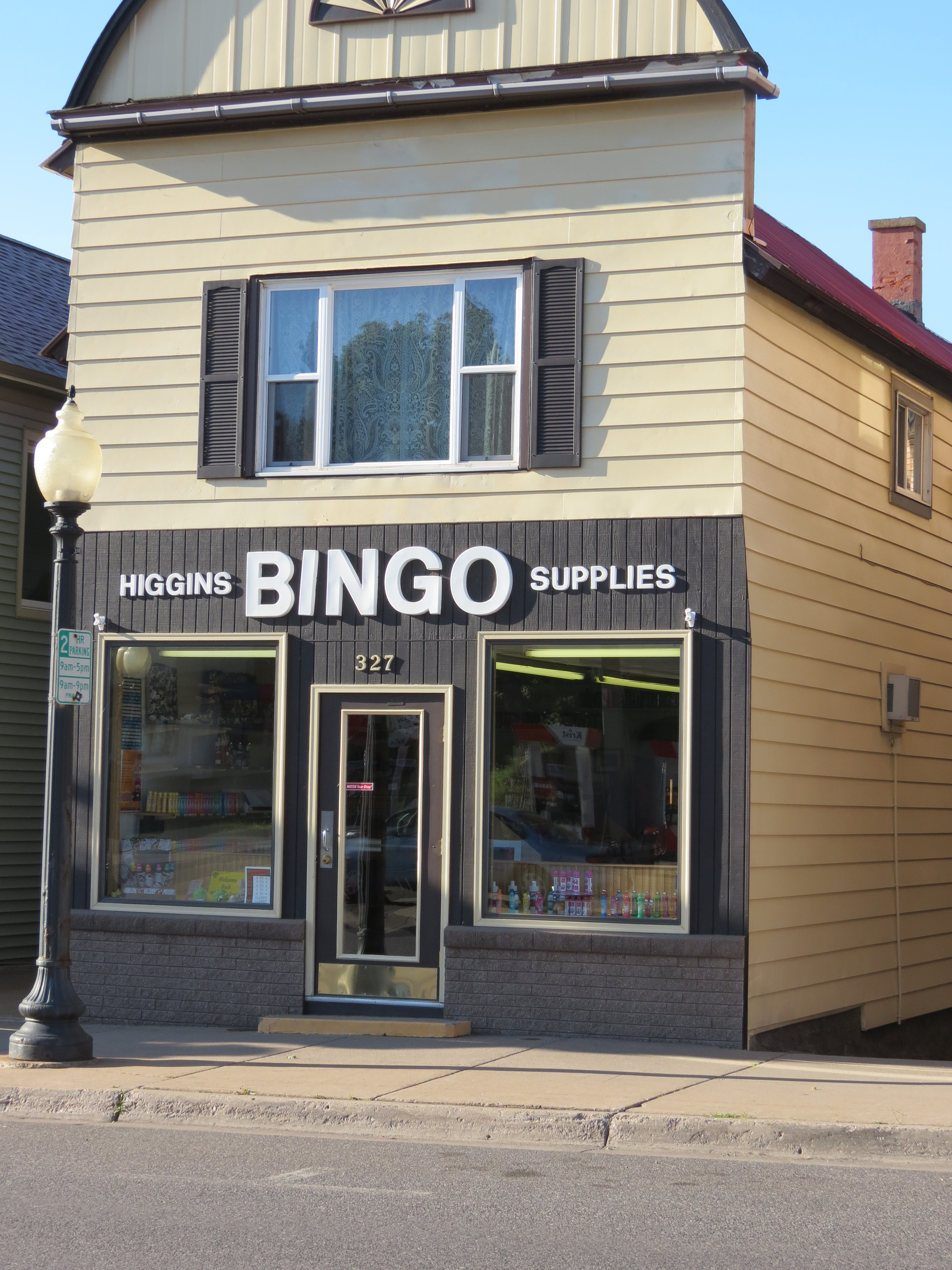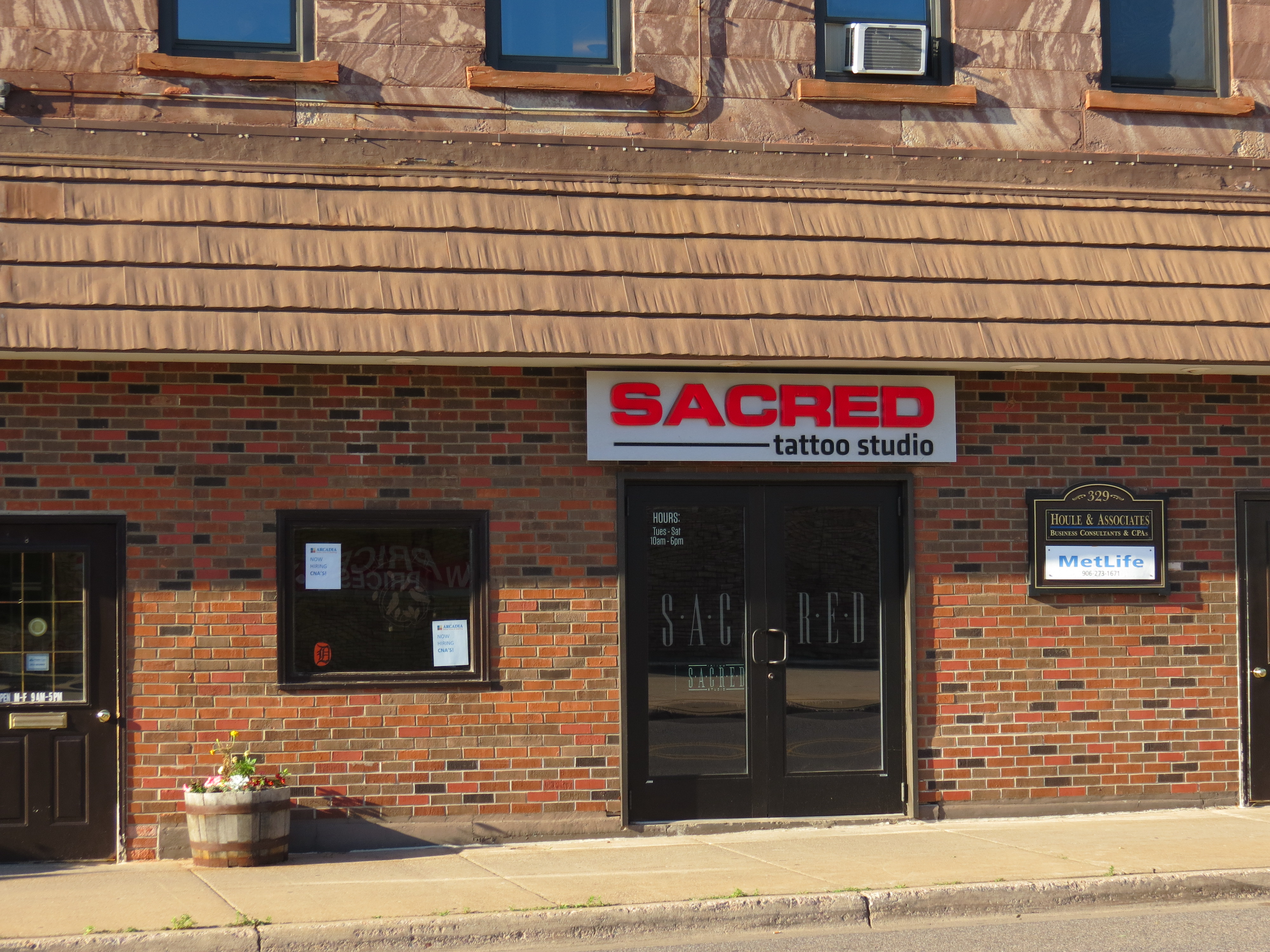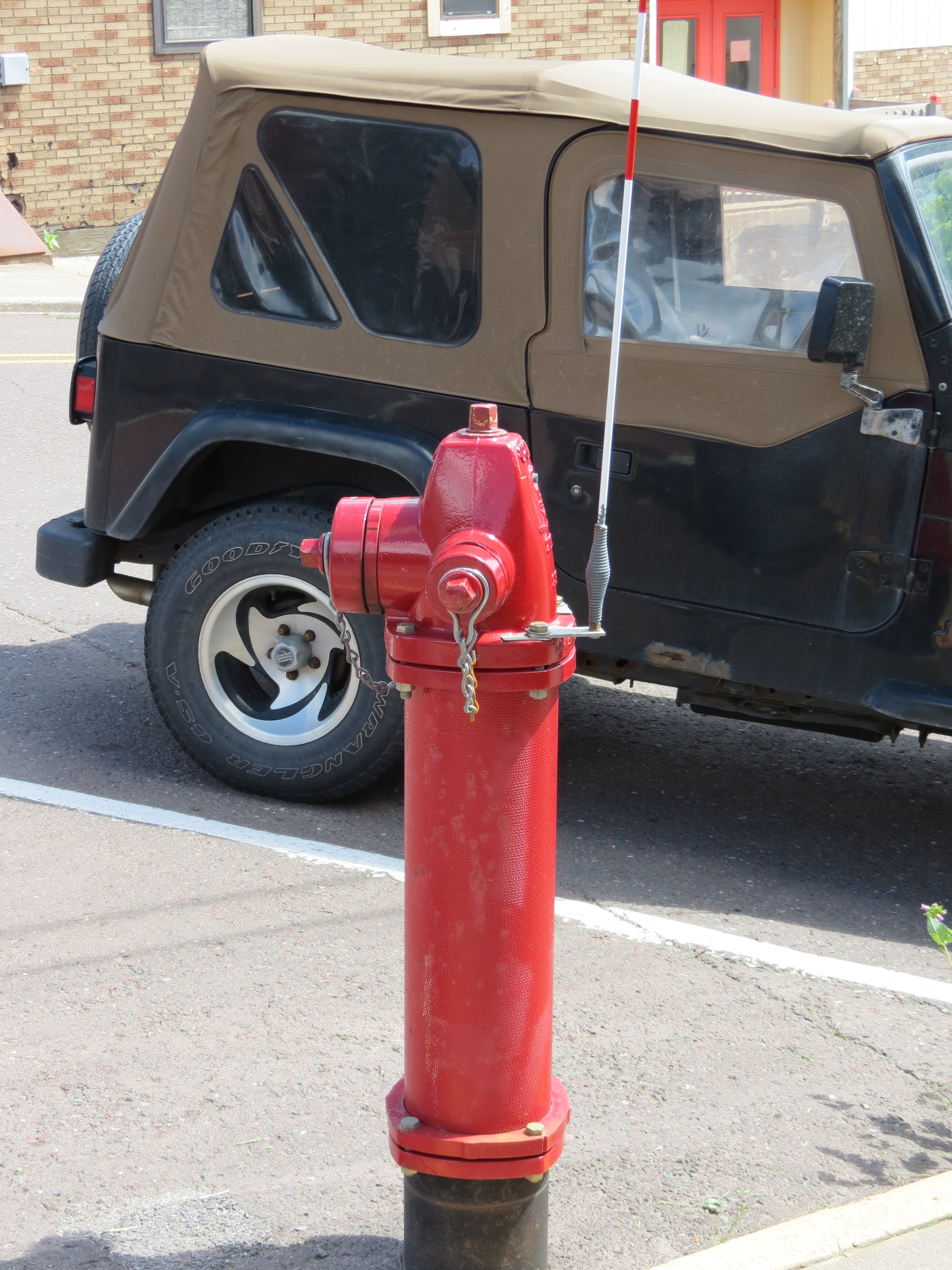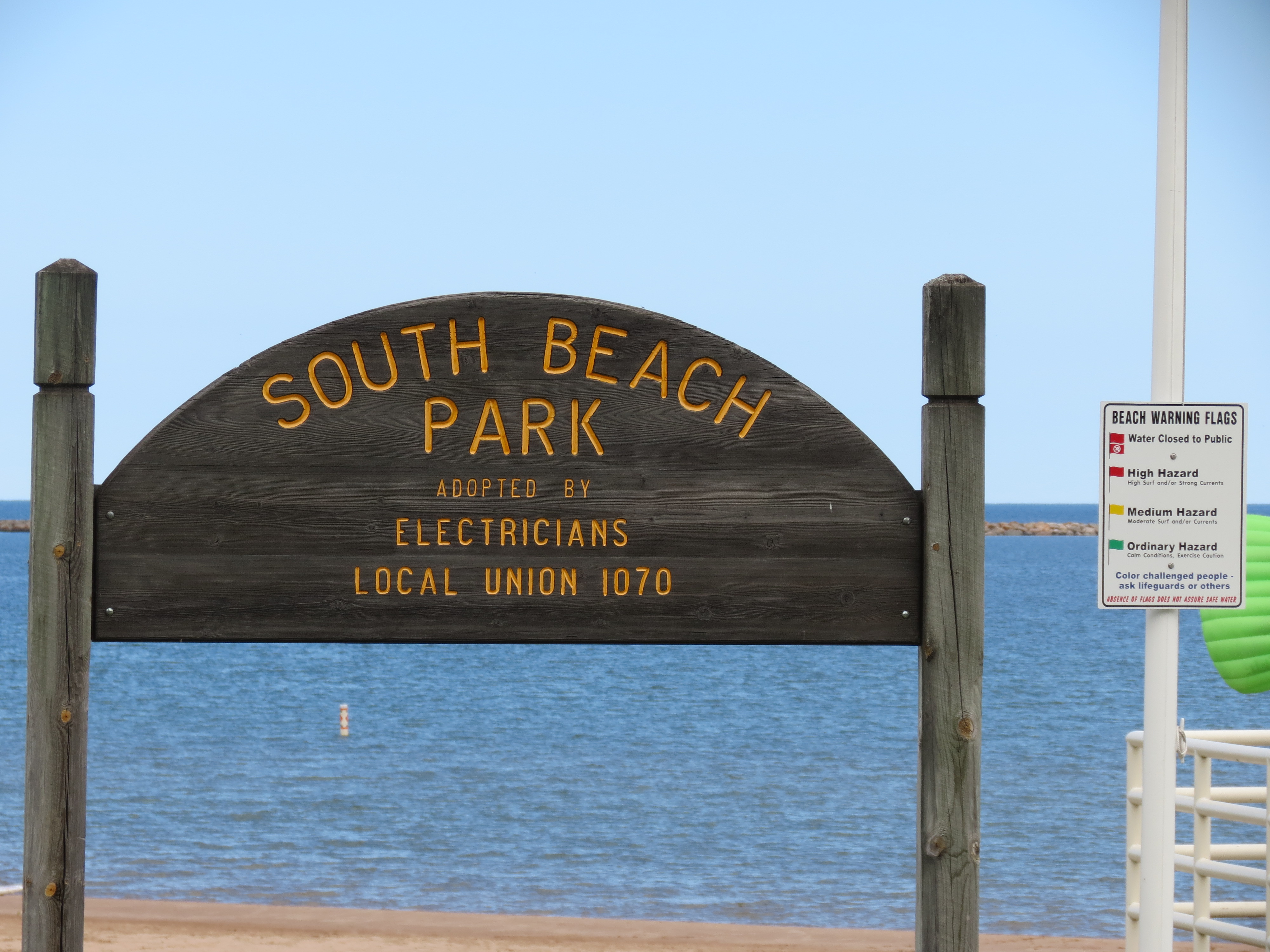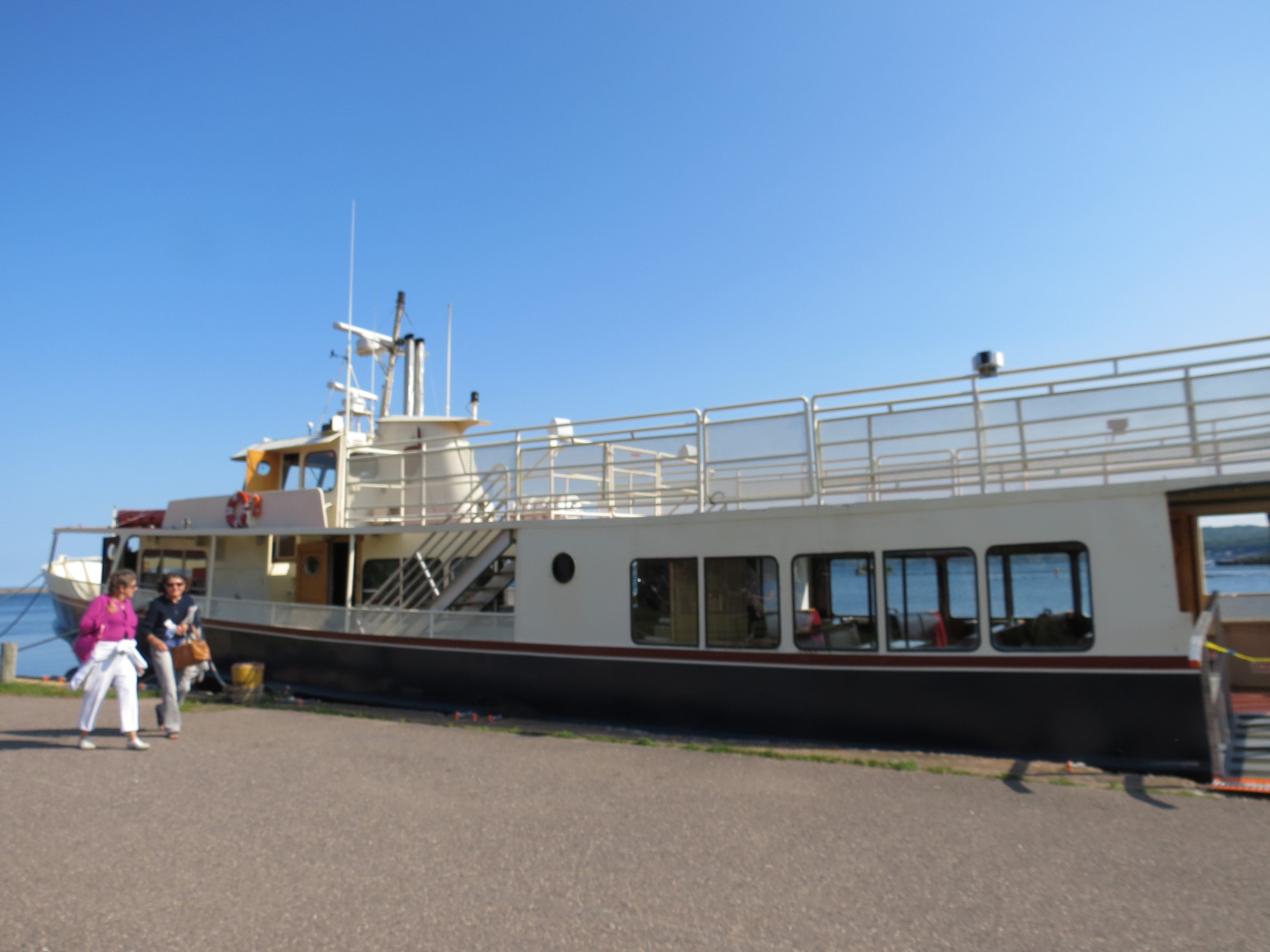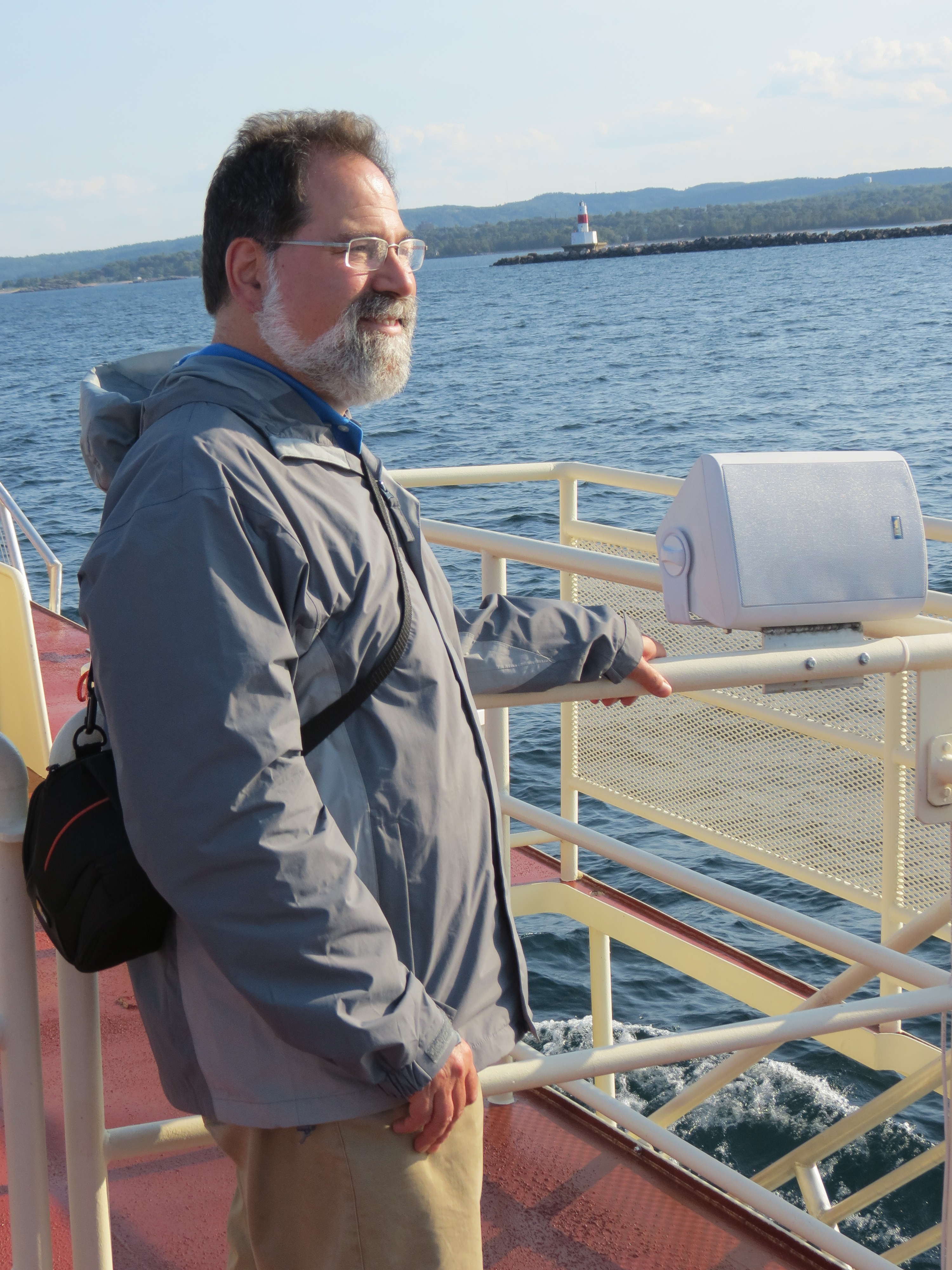Several friends congregated at our home last night and some were kind enough to ask for my Chili recipe. I’m a “by the seat of my pants” kind of cook–I make it up as I go along, so the only way I can provide a recipe is by telling a story.
New Mexico (hereafter: NM) is the Chili state. Not the Tex-Mex chili most of us are used to, the actual plant that produces the chili pods that become the basis for spice concoctions called “Chili powder” and the like. I’ve loved cooking with these pods for decades, but my interest has deepened ever since my kids moved to NM–first Alamogordo and now Albuquerque.
When you enter a NM restaurant specializing in local cuisine, the first question you are likely to hear from your server is “Red or green?” Oddly enough this does not necessarily have anything to do with the spiciness of the sauce, it’s just a color preference and doesn’t have much more to do with flavor than red, green, or orange bell peppers. But in any given restaurant, the red might be spicier than the green (or vice versa), so my reply is usually, “Which one is hotter?”
Once something you had to scour specialty markets for (unless you lived in NM of course), these days you can find a nice assortment of dried chili pods in most large supermarkets or produce stores.
For the dish I cooked yesterday, I used two packages of dried, mild New Mexico chili pods. You can find the basics of preparation for chili pods on the Internet, but here is the system I follow. First remove the stems. Many recipes suggest removing the seeds as well, I don’t. I place the pods in a dry pan on medium high heat. Using a spatula, I turn the pods frequently until the skins begin to blister. This marks the point at which they are “toasted” and it’s important to remove them quickly from the heat–over toasting them results in a bitter flavor. Next, cover the pods in very hot (almost boiling) water and let them soak a while. Drain off the water and then grind them up in a food processor–a Cuisinart works great for this. Finally, strain out the bits of skin. You will be left with a thick paste–this is the meat of the chili plant. It will be hot or mild depending on what type of pod you selected, but it will have the distinct taste of chili.
At the beginning I mentioned the Tex-Mex chili most of us are used to. Aside from using powdered chili preparations, the most distinctive flavor we experience from these dishes is that of some sort of tomato product–tomato paste, diced tomatoes, tomato sauce, etc. The chili powder adds a bit of flavor to an overwhelmingly tomato-y dish. There is nothing wrong with this, and I do make these sorts of dishes too. But the point of NM style chili is to taste the chili. Therefore, most NM chilis contain no tomato products. It is important to adjust your expectations accordingly!
Last night’s dish was a basic meat-and-beans chili, NM style. To prepare the meat, I used 5 lbs of “stew beef” which I sliced into bite sized chunks. Obviously most people make chili with ground beef, but I prefer the result of using something that better resembles steak. In fact, the chili sauce resulting from the process above can easily be used to dress a simple grilled steak. I brown the beef in a heavy skillet using olive oil and then add it to a slow cooker. A large crock-pot works fine for this.
In addition to the beef, last night I added two medium onions, sauteed, and later in the process, some sliced chicken sausages.
So now the beef is slow cooking in the chili sauce with the onions. This is the point at which I do something a little different–and perhaps not at all in the vein of New Mexico–but seems to produce a very pleasurable result! My secret ingredient is the Israeli salsa called “Z’hug”. Z’hug is prepared by combining 1/3 chopped fresh cilantro, 1/3 chopped fresh garlic, and 1/3 chopped hot peppers of some sort. It used to be quite the chore to get all that garlic ready, but nowadays it is easy to find ready-peeled fresh garlic in the store. You might be tempted to stint on the garlic, but don’t. Trust me, the secret to good z’hug is lots of fresh garlic. The basic technique is to mix the ingredients in a food processor with a generous dollup of good olive oil. I often vary my z’hug by adding other sorts of fragrant green herbs such as basil. Always fresh! The heat of the z’hug ranges from moderate (if one uses jalapenos), to hotter (with serranos), to hot with habaneros, and finally intense with ghost peppers.
The important point here is that if you notice the constituent parts of z’hug, you will discover that when cooked it is a perfect unit for any recipe that calls for herbs, garlic and some heat. After I sautee the onions mentioned above, I quickly sautee some z’hug (lightly, because garlic shouldn’t be fried for long) and add it to the pot.
As I mentioned, last night was a meat-and-beans dish, so we arrive at the critical issue of proper preparation of the beans. Although we joke a lot about it, and many people fondly remember a particular scene in the Mel Brooks comedy western Blazing Saddles the truth is that most of us, even those of us who like blazingly hot chili, do not care for the after-affects of a pot of beans. Again, you can find lots to read on the Internet about this, but the truth is that it is amazingly easy to produce fart-free beans.
First, do not use canned beans. Most manufacturers don’t do the simple steps needed to produce good quality, non-flatulent beans. I prefer dried pintos, but do feel free to use kidney or black beans or any combination thereof. For last night’s recipe, I used two cups of dried beans. Rinse off the beans in a strainer that’s has holes big enough to get rid of any tiny stones that often land in bags of dried beans. Put the beans in a stock pot and cover with water. Bring the water to a boil and let the beans boil for two minutes. Drain the beans and–this is very important!–rinse the beans thoroughly with cold water. What you are doing is removing enzymes that are the actual culprit in the flatulence problem.
Next, add water to the stock pot to get a 2 to 1 water to beans ratio. Boil the beans according to any recipe. You can do the fast method or the overnight method. I don’t taste any difference, so I do the fast one. When you’re done, rinse the beans again. It’s the stuff that makes the water thick that causes the problem, so rinsing off the beans takes care of the problem. Some purists think this is bad because we’re rinsing off all that good nutrition. Sure, then fart and stop complaining. Anyway, there was no flatulence among any of the participants at our get together last night.
You may notice that I have said nothing about salt. I have sodium sensitive high blood pressure, so I don’t add salt to my food. Contrary to most people’s thinking, no salt is needed for cooking most things. One can add salt to taste at the dinner table. That’s why God made salt shakers. But most people will add salt to this chili recipe and of course if that’s your pleasure, go for it. Commercial chili preparations also have other herbs and spices such as cumin, turmeric, allspice, etc. As I explained at the top, the goal of my dish is to be able to taste the chili pods so I don’t use any of those for this dish. But you can add whatever you like!
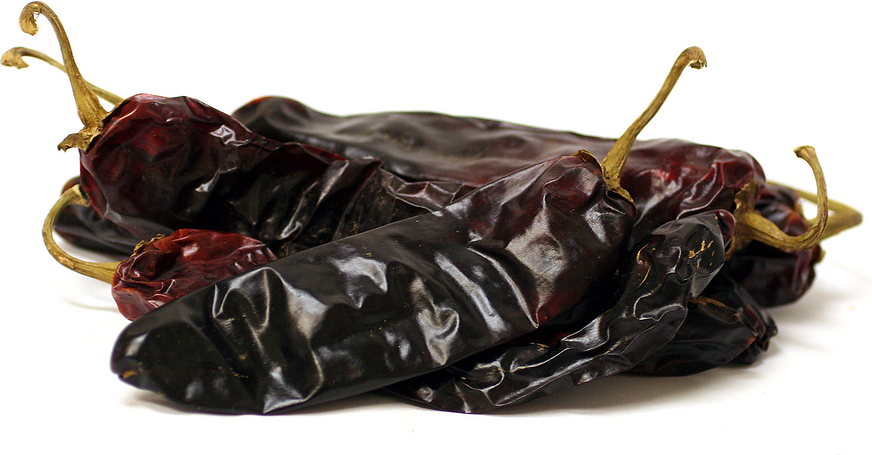
New Mexico chili pods ready for preparation!
A word about heat (spiciness). There are two good ways you can control the heat of your chili. The first is the question of which chili peppers you choose for creating the chili paste. There are hotter and milder peppers. To make the chili milder, you can eliminate the seeds, but recipes that suggest you eliminate the veins should not be followed. Those veins do indeed contain a lot of the capsaicin which is indeed the primary irritant which gives the sensation of heat. But they also carry a lot of the flavor of the pod, so if they are too hot for you, choose milder chilis. The second way to control the heat is with the peppers you use for the herbal mixture (z’hug). Hotter peppers, hotter z’hug. Resist the temptation to add commercial products like Tobasco. If you or your party want hotter chili, you can always add those at the table!
So now you have a slow cooker going with your genuine chili paste, meat, beans, onions and lightly sauteed z’hug. Let it go for four hours (on high) or ten hours (on low) and you will have great New Mexico style chili!
Enjoy!

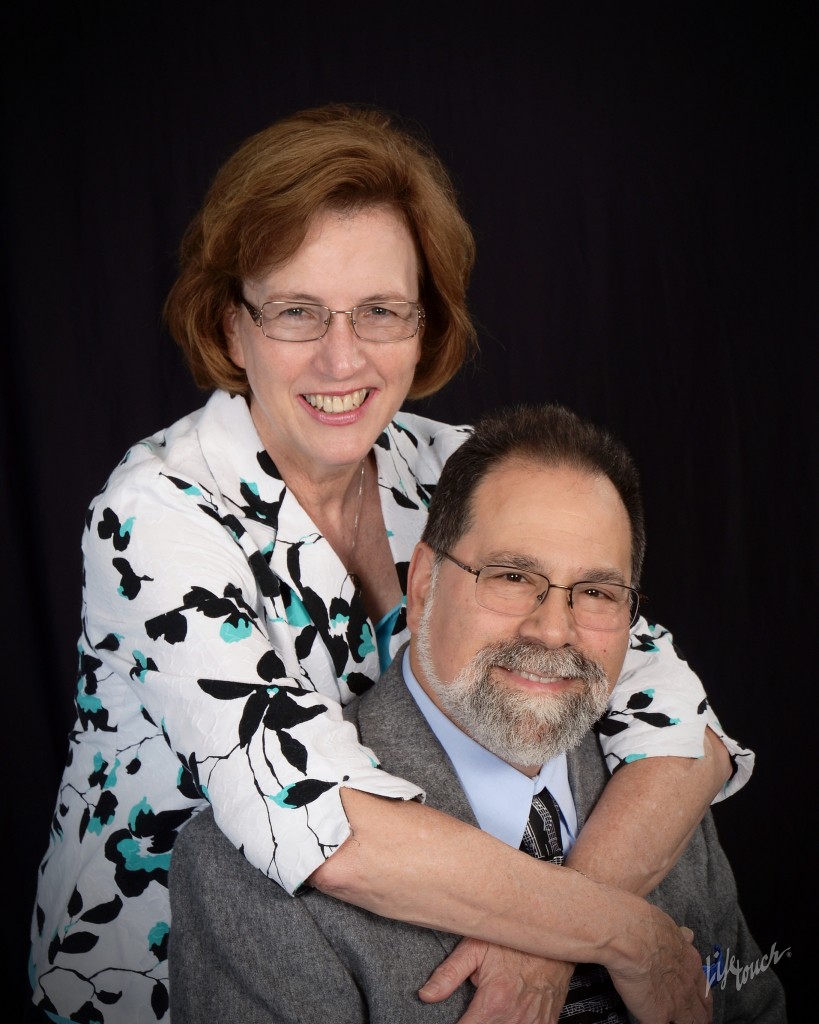
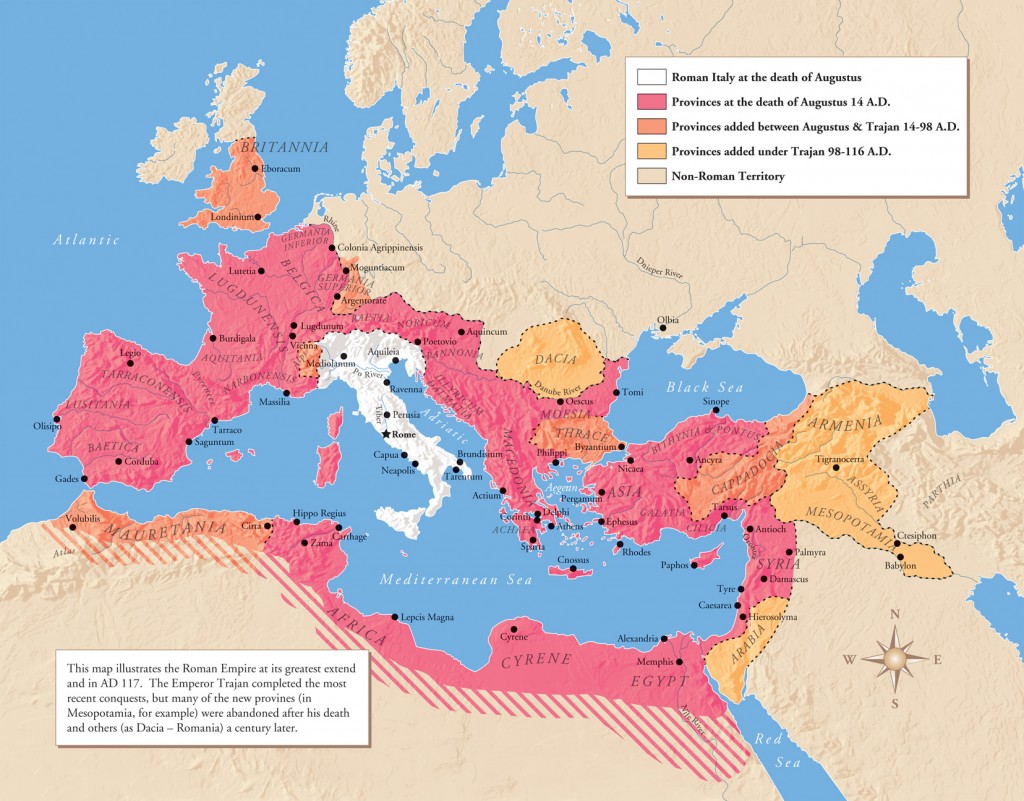
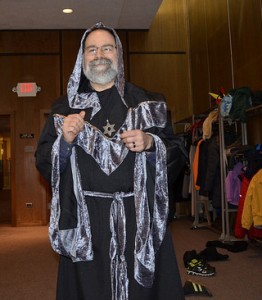
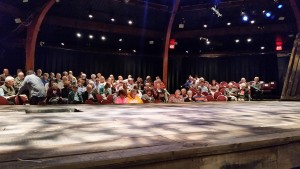

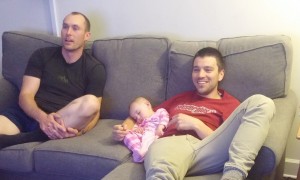

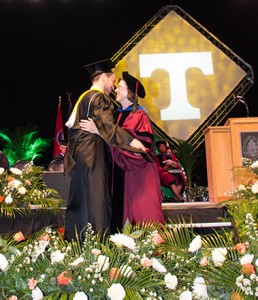
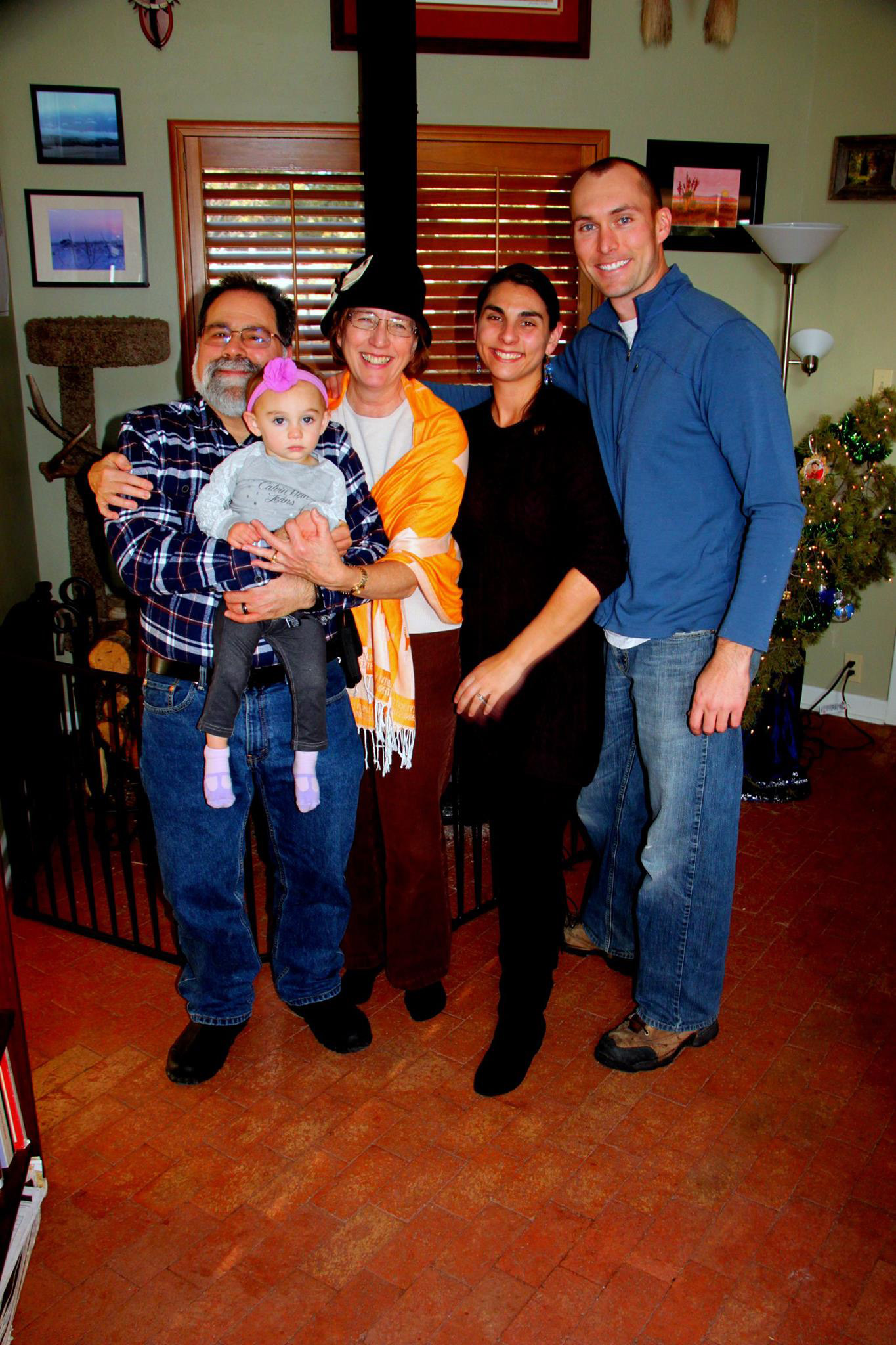
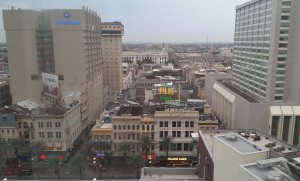
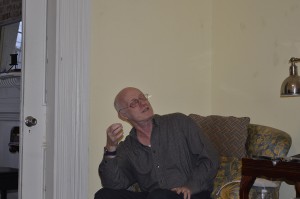

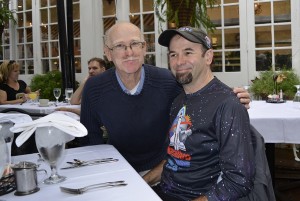
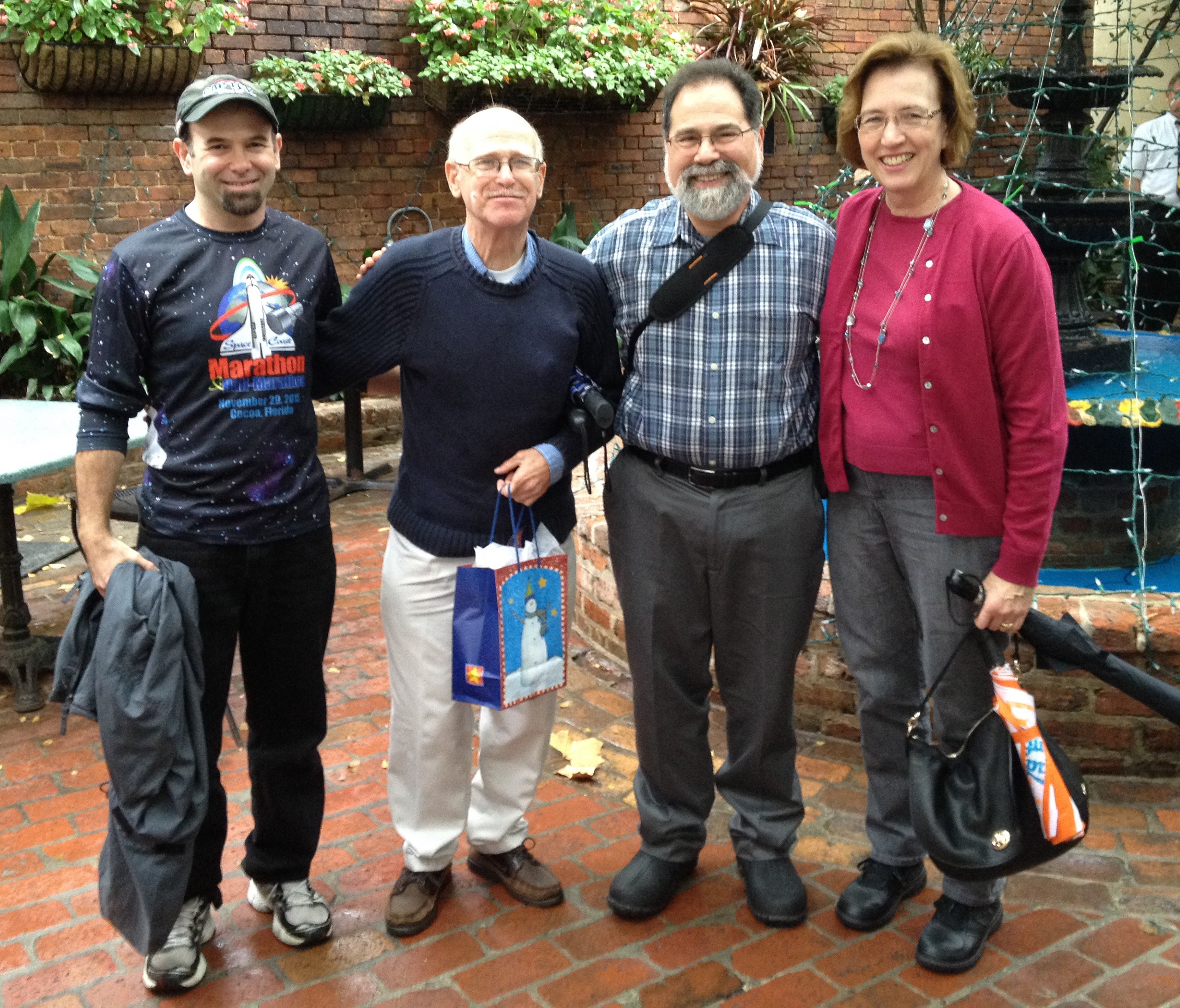
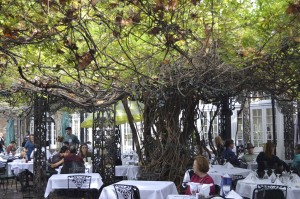
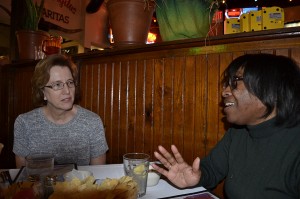
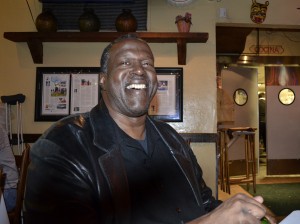

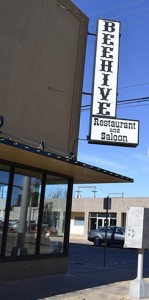 The Beehive Restaurant was just superb. I know few of you will likely ever pass through Abilene, but if you do, don’t miss this place!
The Beehive Restaurant was just superb. I know few of you will likely ever pass through Abilene, but if you do, don’t miss this place!